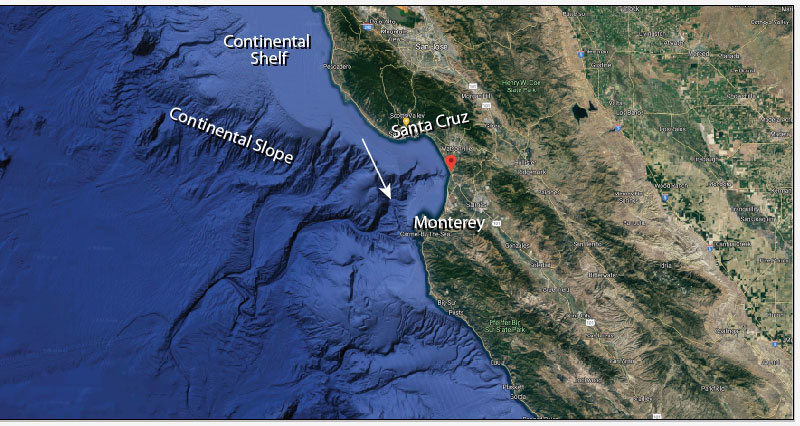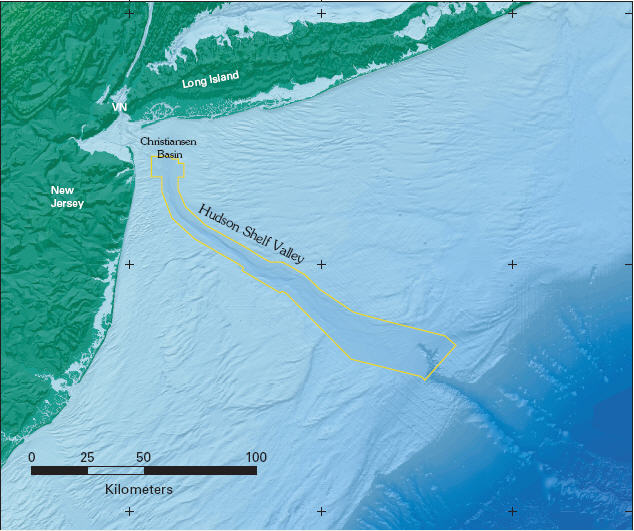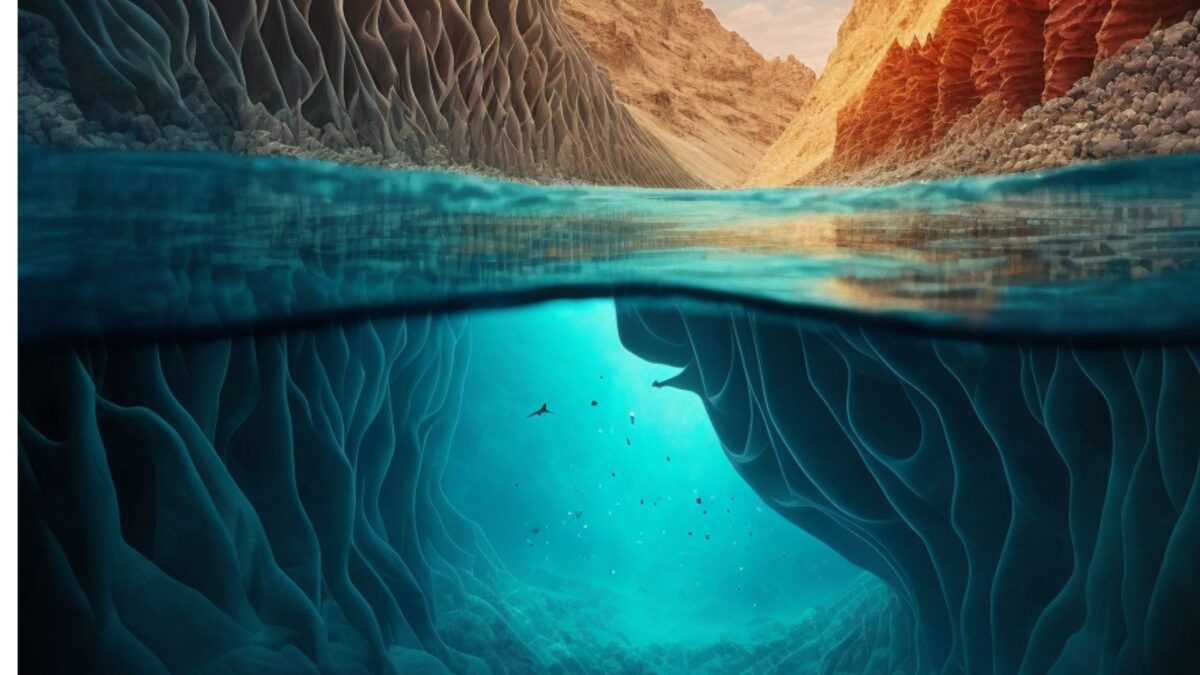Underwater canyons are geological formations that are found on the ocean floor and are characterized by steep walls and a deep V-shaped profile. These canyons are formed through a combination of erosion, tectonic activity, and sediment deposition.
The creation of underwater canyons begins with the erosion of the sea floor. This can occur due to a variety of factors, including currents, waves, and tectonic activity. Over time, the sea floor will continue to erode and the canyon will become deeper and wider.
One of the key factors that contributes to the formation of underwater canyons is tectonic activity. The movement of the Earth’s plates can cause cracks and fissures in the ocean floor, which can lead to the formation of canyons. Additionally, changes in sea level can also play a role in the creation of underwater canyons, as they can expose previously submerged areas to erosion.

Underwater canyons have been discovered all over the world, but some of the most famous ones are located along the continental margins of the Atlantic and Pacific Oceans. The discovery of underwater canyons was made possible through advances in underwater mapping technology, which allowed scientists to get a better understanding of the shape and structure of the ocean floor. Some of the most famous underwater canyons include the Monterey Canyon off the coast of California, the Hudson Canyon off the coast of New York, and the Zhemchug Canyon in the Bering Sea.
These canyons are often characterized by their depth, with some reaching over 10,000 meters below the surface of the ocean.

Despite their great depth, underwater canyons have been the subject of much study in recent years. Researchers have used advanced technology to explore these geological formations and gain a deeper understanding of their formation and evolution. This has provided valuable insights into the geological processes that have shaped our planet over millions of years.
In conclusion, underwater canyons are complex geological formations that are formed through a combination of erosion, tectonic activity, and sediment deposition. These canyons are found all over the world and have been the subject of much study in recent years, providing valuable insights into the geological processes that have shaped our planet.

[…] The creation of underwater canyonsWe use cookies on our website to give you the most relevant experience by remembering your preferences and repeat visits. By clicking “Accept All”, you consent to the use of ALL the cookies. However, you may visit "Cookie Settings" to provide a controlled consent.Cookie SettingsAccept AllManage consent […]